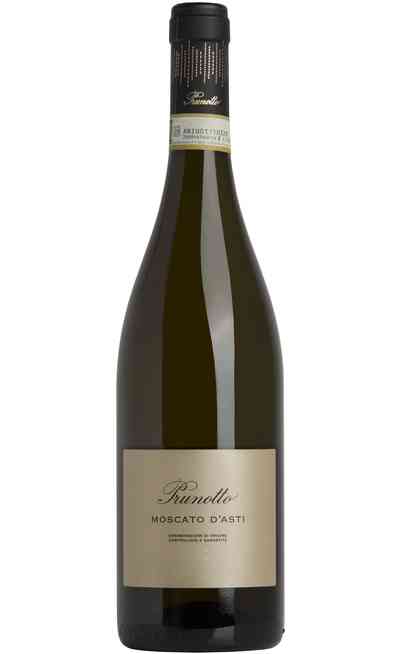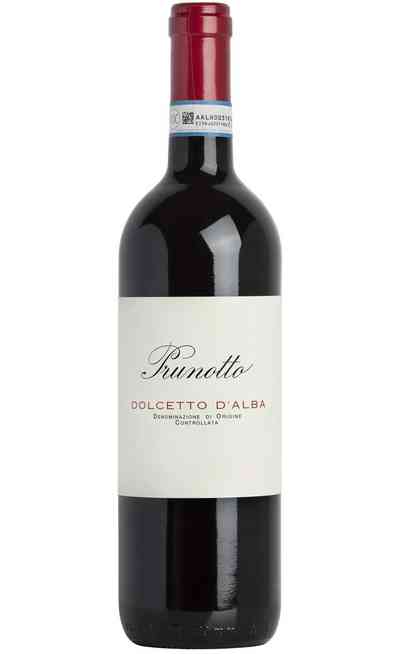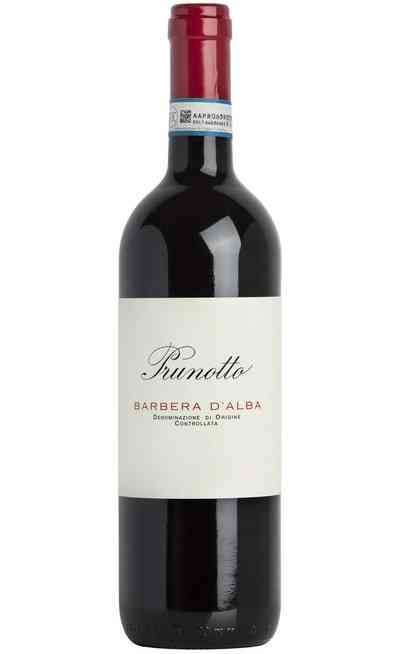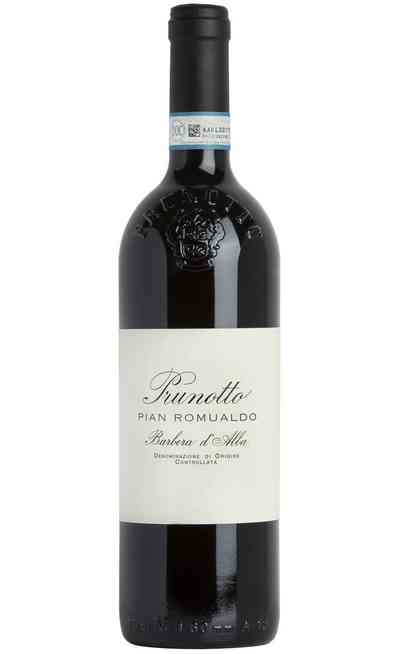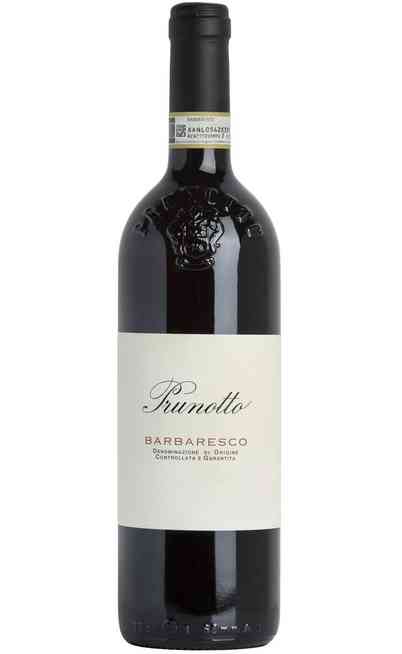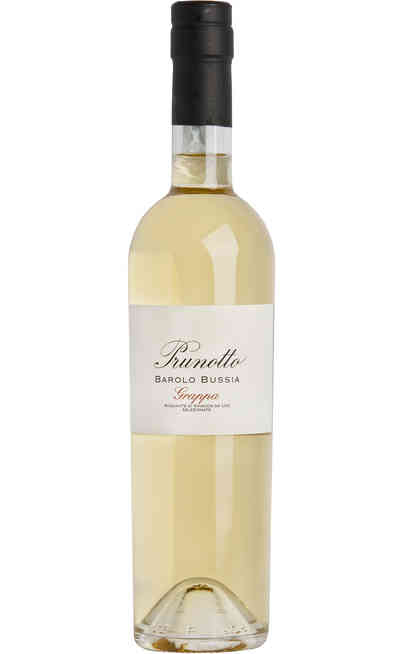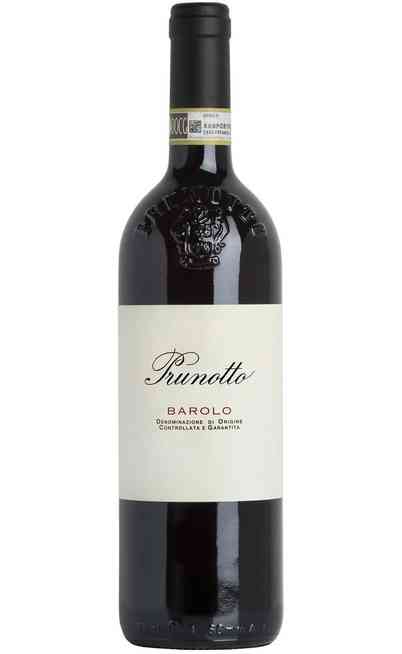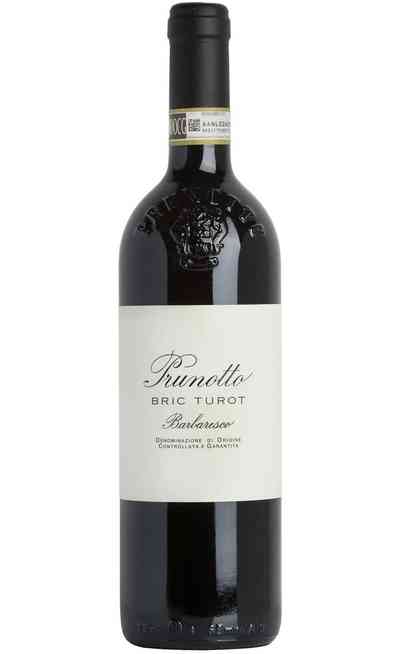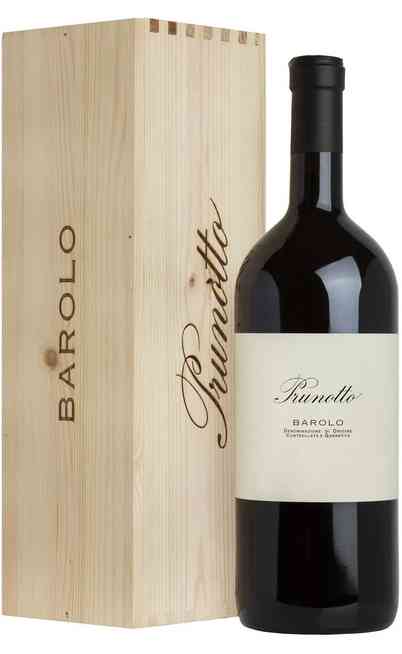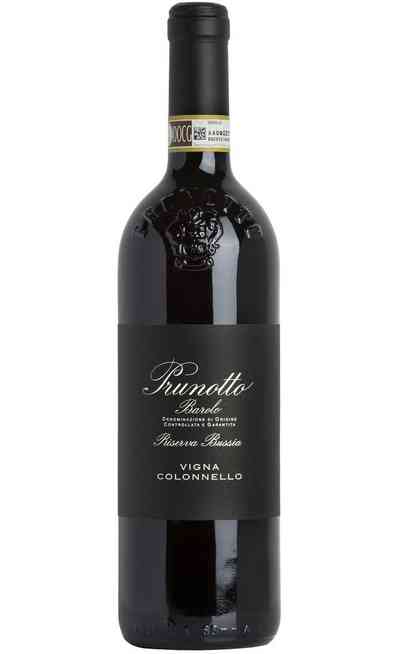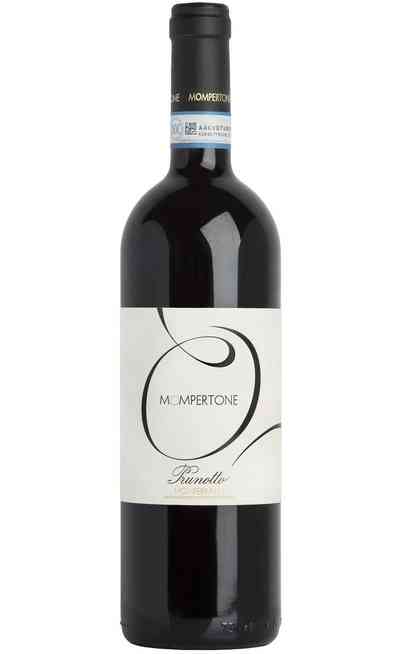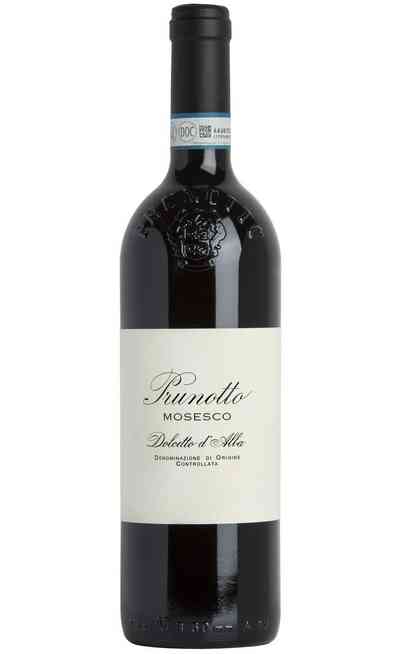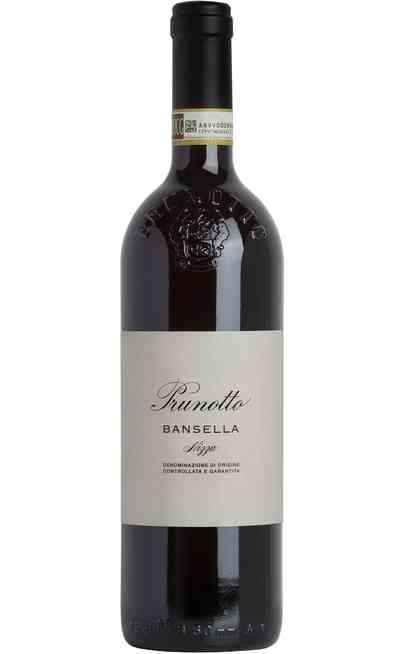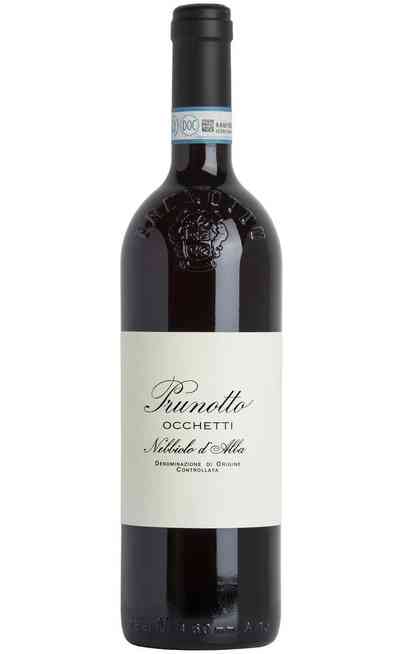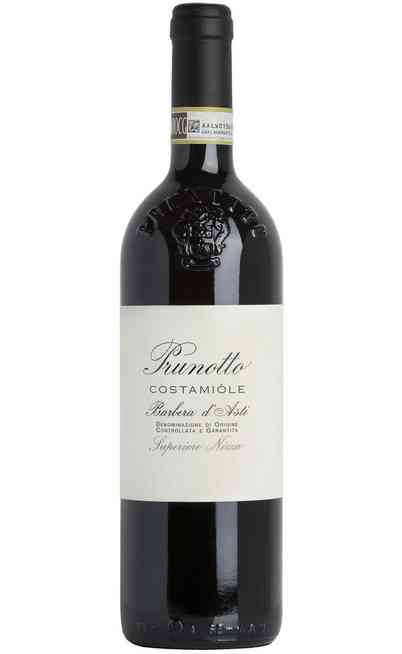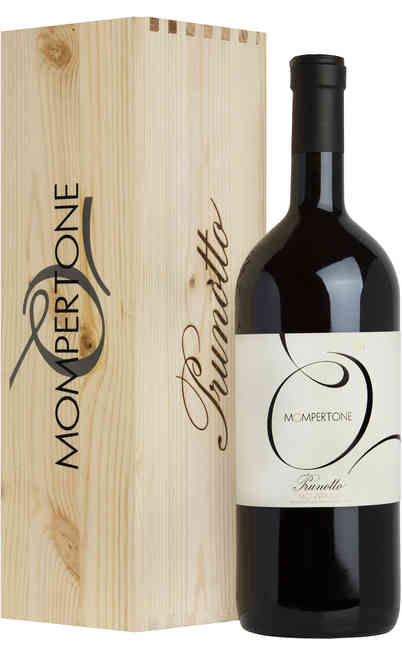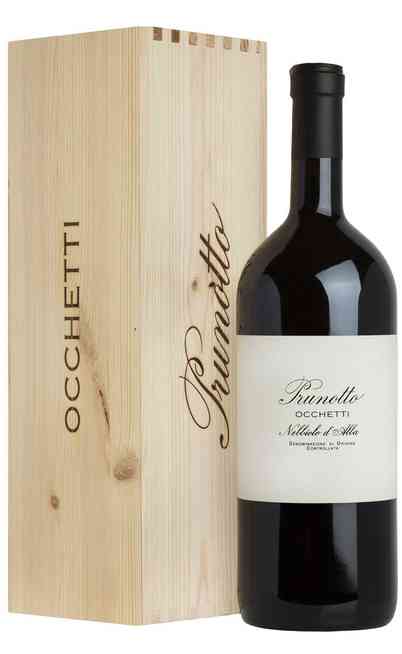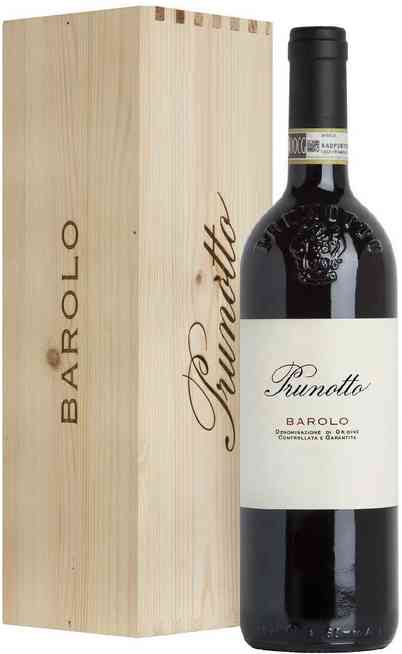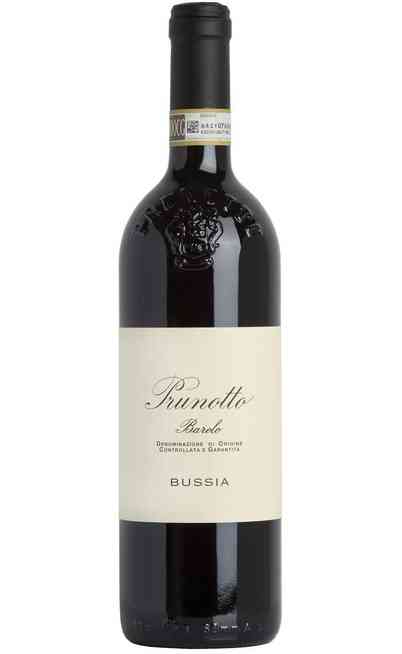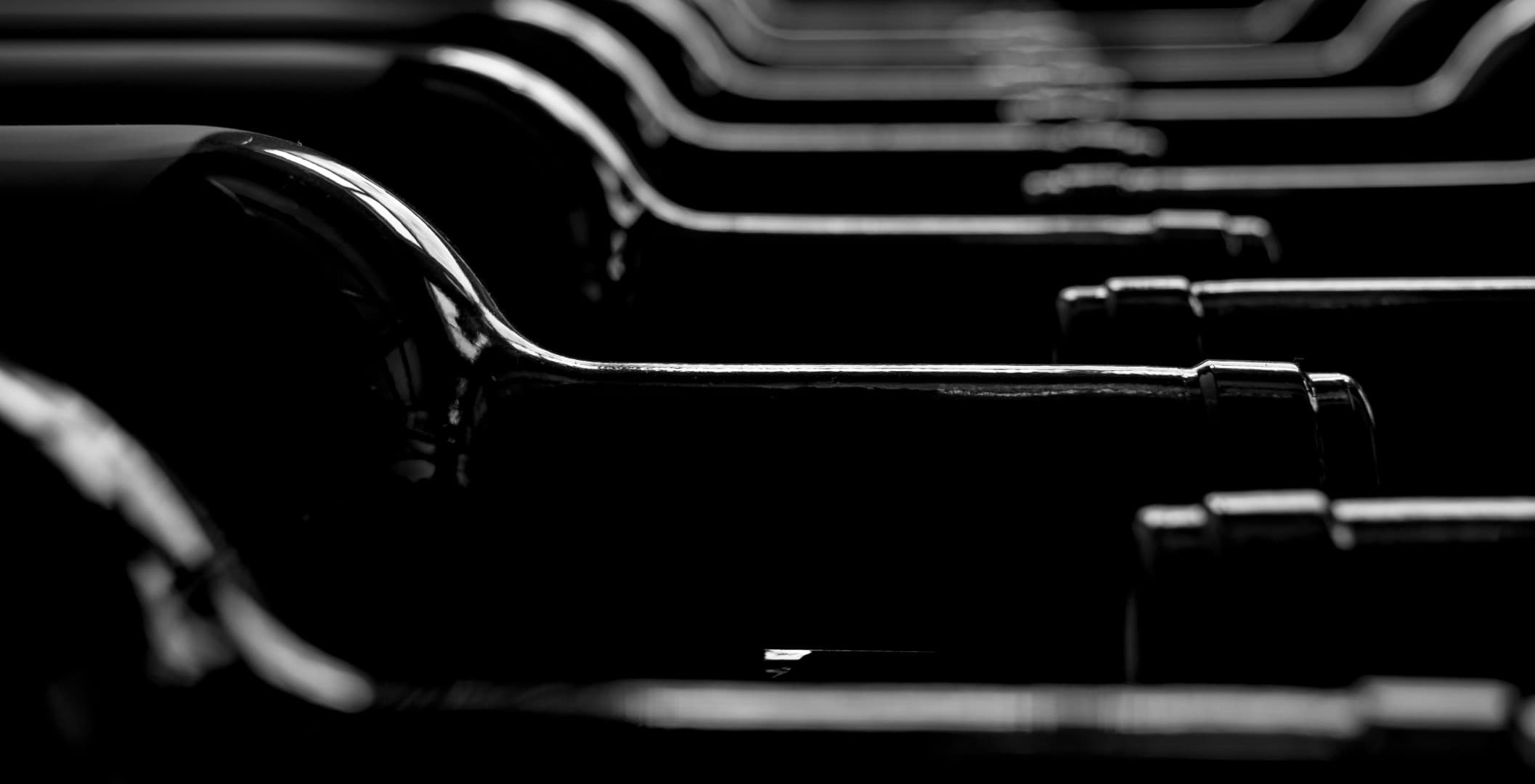Prunotto
The company Prunotto is located in Alba, the most important center of the Langhe, equidistant from Barbaresco and Barolo, on the right bank of the river Tanaro, on a soft plain surrounded by the vineyards of the Langhe and Roero. It is immersed in a landscape that seduces for the naturalness of the hills that alternate with the small valleys sloping in rows around the hill. The territory where Tenuta Prunotto is located is fascinating and engaging not only for the natural scenery, the colors and the "silences" it offers, but also for the historical evidence and traditions that characterize it. Alba itself preserves Baroque, Renaissance palaces and a series of medieval towers that were built by the noble families of the city. The whole area, with its castles and medieval villages, preserves an artistic and architectural heritage among the most important and peculiar of the Piedmont region. The Antinori family, conquered by a similar context, with vineyards and land so particular, decides to confront this terroir with the conviction of starting a path that would have led Prunotto to be today one of the most significant companies in the panorama of Piedmontese wine production. The company, in fact, for a total of about 50 hectares, has vineyards in the best wine areas of Piedmont and has a productive structure equipped with the most modern technologies in order to guarantee the highest quality of wines and help consolidate its position on the national and international scene. Adjacent to the historic seat of 1970, designed by the architect Della Piana, in 1999 a new cellar was built for the vinification and storage of wines. This investment is fundamental in order to guarantee the expansion and therefore the improvement of the spaces destined to the cycle of working of the grapes. It is a thermo-conditioned structure that allows you to maintain a constant temperature throughout the year in order to optimize the conservation of wines. After the introduction of the Barriques (225 l), the old Slavonian oak barrels of large capacity (100 hl) were completely replaced in 2000, with smaller French oak barrels (50-75 hl)more suitable to exploit the potential of individual wines. Over the years, the old cement tanks are also replaced with stainless steel tanks, which guarantee maximum protection of the aromas and aromas of the wine. Even the new vertical winemakers are made of steel and with a fairly small height in favor of a larger diameter in order to help the contact and then the extraction from the skins to the must/ wine in fermentation. The bottling line is renewed compared to the past, using machines with an advanced technology that protects the wine, protecting it from possible oxygenation (negative at this stage); also the machinery used to cork the bottles is technically very advanced and guarantees the maximum reliability of the closure of the bottles themselves.




